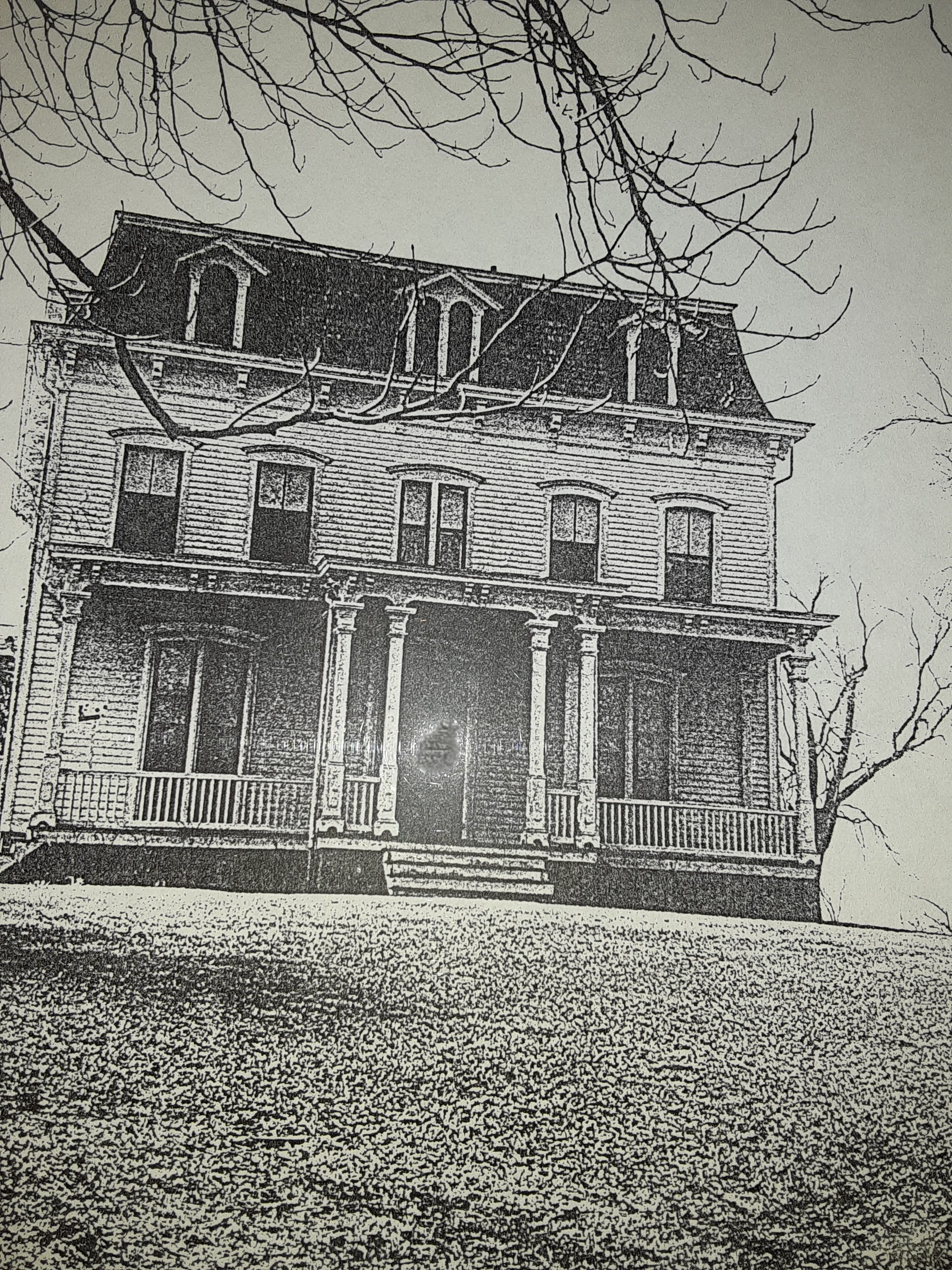Matt Gill & The Miracle Worker

For all those who were in or around Middletown in late May and early June 1961, it’s a memory that can’t be forgotten. All of a sudden, Van Nortwick busses were carrying folks like Anne Bancroft, 14-year old TV star Patty Duke, Victor Jury and Inga Swenson, along with scores of set managers, props folks and designers from the Molly Pitcher Hotel In Red Bank to the Oak Hill Road Middletown McLean home daily. It was the on location filming of a soon to be very popular movie, The Miracle Worker, the story of Helen Keller and her personal miracle worker, Annie Sullivan.
Local historian Peter Van Nortwick, a member of the Monmouth County Historic Commission, and a long time Middletown native and resident, has captured all the thrill and excitement of the area in books, photos and memories of when he met Patty Duke, when he hoped she would be back to help the township celebration its 375th anniversary, and the fun he has had in reliving all the excitement of the day 60 years ago. His only sadness is that Duke died before the anniversary celebration and never returned to Middletown.
Middletown, Red Bank and the movie world have the late Matthew J. Gill to thank for the production scenes that took place at the historic and spacious McLean Farm. Long before he added publisher and owner of The Courier in Middletown to his list of entrepreneurial successes, Matt was a Middletown realtor, so proud of his native town and so eager to show it off. So when Harrison Starr, production Manager for Miracle Worker came into Matt’s Route 35 office in search of the perfect spot, Matt went to work.
Starr has spent childhood summers in the Shore area and when the producers said they wanted to film the movie on the east coast, politely turning down Hollywood offers, they charged him with finding the perfect setting, with a house that looked like the Keller home, which would make it a 19th century residence of grandeur. They needed to have it within an hour of mid-town New York. Furthermore, it had to be in a place where there were no planes flying overhead, no TV antennas…prolific at the time, no telephone poles, no nothing. Just like it was in Helen Keller’s childhood. Starr thought of his childhood summers and thought Monmouth County could be the spot.So he stopped in Matt’s office and asked for help.
Matt, who knew and loved every inch of his native town and searched out all the spots he thought could be perfect. When he settled on the McLean property, with its added beauty of a wonderful apple orchard and peach trees galore, Starr was delighted. The orchards, he added, would be especially perfect since they would be in full bloom in May and June, the time he was capturing in the shore shoots.
Realtor Gill then approached friend and neighbor Sidney MCLead, explained there was a film company that wanted to rent the house, not to live in, but wanted it to have a lived-in appeal and feeling, and it had to be at least a century old. Everyone agreed it would be perfect and the deal was made.
Filming began June 12, with the end of May and the beginning of June taken up with preparations for the property, installing phone lines so the producers could make phone calls, and arranging with the Molly Pitcher for accommodations for the estimated 100 or so who would be involved. Producers and directors also sought out local kids to play bit parts in the movie and secured the necessary approvals and signatures. Filming would take place over two weeks on location, the rest in the New York studio.
For the most part, it was only the outside of the house used for the movie. Many of the indoor shots were filmed on fabricated sets in the New York film studio, but the entrance hall of the McLean mansion was used. Even here, the setting was perfect. Production people toured all the antique dealers along New York’s Third avenue for the perfect antique furniture for those scenes. But, when they looked inside the McLean home, they found the house was already furnished with exquisite Victorian style pieces, and no more was needed.
Where were the McLeans during the filming? The film company offered them a two weeks’ vacation elsewhere, but they said no thanks. They preferred to stay at home and watch. For them, having their home turned into a movie set was history in the making and they wanted to be on hand to witness it.
When it was over, grateful cast and crew were gracious and plentiful in their thanks to Middletown, Red Bank, and the entire community of people, restaurants, shops, entertainment and more that had made their stay so pleasant.
And Starr wrote a letter he asked all newspapers to print as his way of saying thanks to all; but primarily to Matt Gill.
His letter, in part said, “First, and in a special category all his own, comes Matthew Gill, realtor. It’s perfectly true that if it weren’t for Matt Gill, we would not have come to the Red Bank-Middletown area. The first impetus came from him, and thereafter he spent hours and days of his time on our behalf. Surely we would not have found our excellent location sites if it hadn’t been for Matt Gill’s encyclopedic knowledge of the countryside and his tireless efforts in every phase of our negotiations. I can’t think of praise lofty enough to define Matt Gill’s ceaseless, energetic and intelligent service to us. We are indebted to him more than we can say.
In his own way. Matt Gill, too, was a miracle worker.
